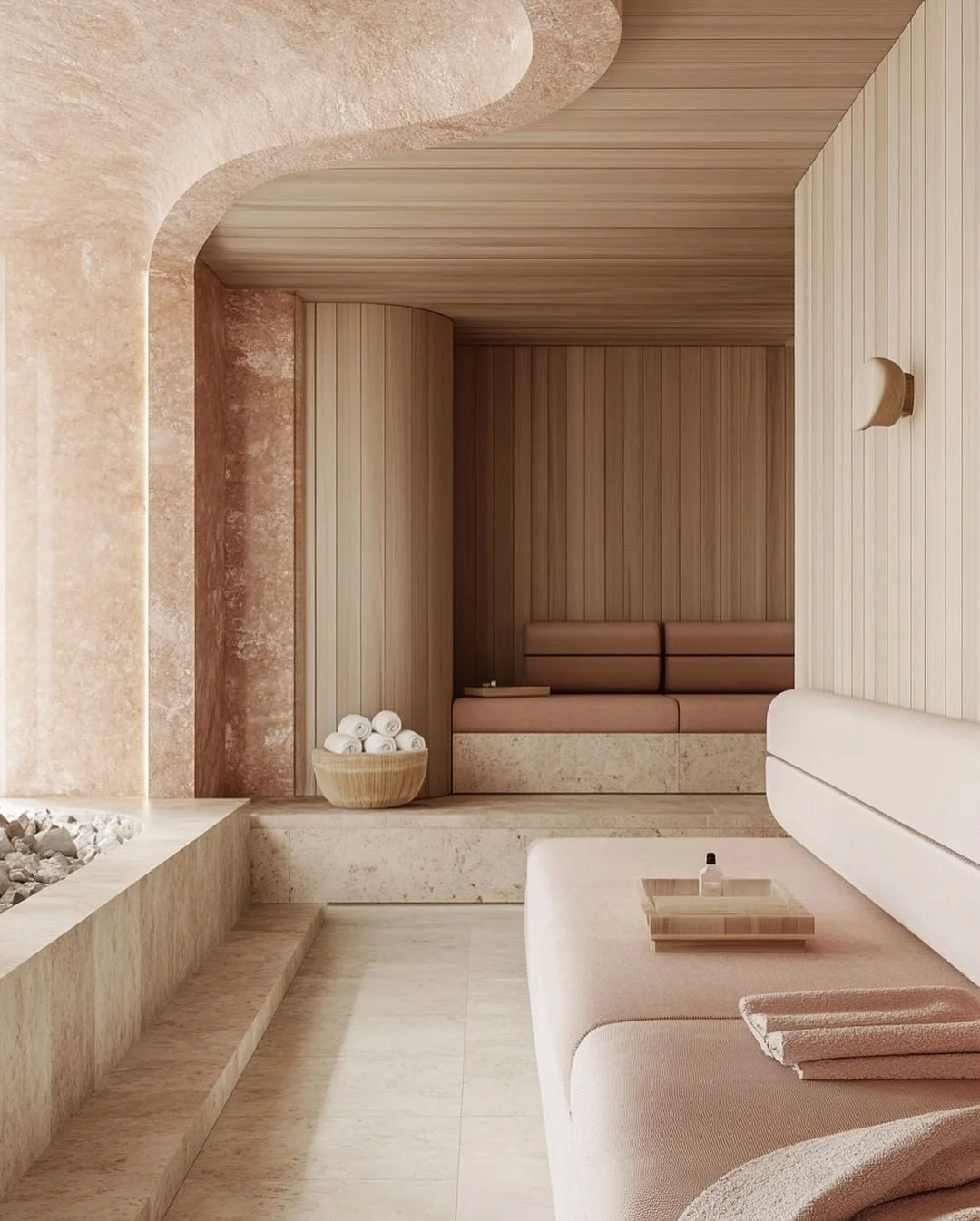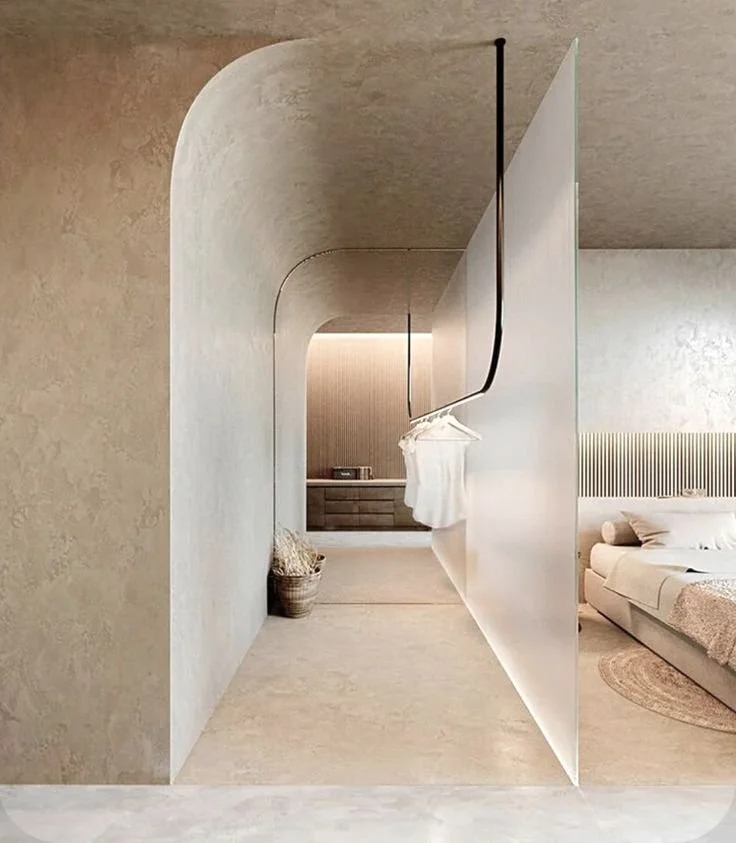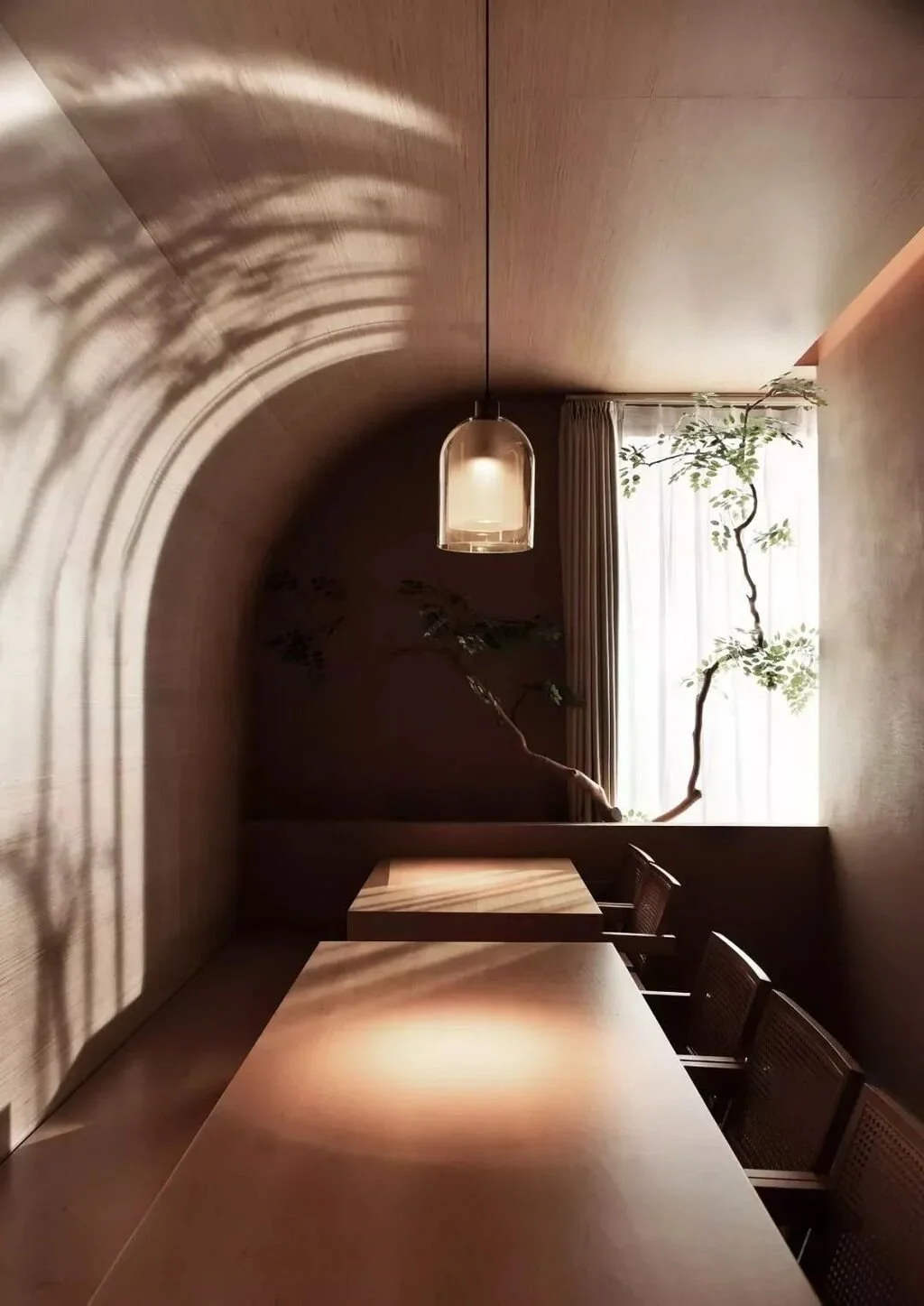Smart Minimalism in Cambridge: Designing Calm Without Compromise
In an era of visual abundance and maximalist expression, the concept of minimalism may seem outdated. But in truth, it hasn’t vanished—it’s been redefined.
At its best, smart minimalism offers calm, clarity, and conscious living. And here in Cambridge, it’s shaping interiors that speak softly—but leave a lasting impression. As a Contemporary interior designer in Cambridge, we’ve watched this approach evolve from stark simplicity to textured sophistication.
Redefining the Minimal Mindset
Minimalism isn’t about having less. It’s about curating what matters. Yet it walks a fine line: go too far and a space feels barren; don’t go far enough and it becomes visually noisy.
So how do you strike the right balance?
Venetian plaster walls add movement and depth to plain surfaces, bringing subtle texture that transforms emptiness into atmosphere.
Layered materials like oak, linen, and stone create interest without clutter, warming the space while maintaining clean lines.
Tone-on-tone neutrals build complexity and emotion within simplicity.
This is how smart minimalism works—restraint with richness, simplicity with soul.
Designing for Calm Without Compromise
As a Modern interior designer in Cambridge, we’ve embraced the evolution of minimalism by incorporating thoughtful solutions that blend form and function:
Element/Purpose
Textured wall finishes
Prevent flat surfaces from feeling lifeless
Architectural lighting
Enhances materials, defines mood, and sculpts shadow play
Natural materials
Connects interiors to the organic world, grounding modern life
Built-in functionality
Keeps visual clutter away while supporting everyday routines
Minimal curation
Allows a few powerful pieces to tell a meaningful design story
Solving Real-Life Design Challenges
Smart minimalism responds to more than aesthetics—it solves problems.
If your home feels overwhelming or over-decorated, adopting a minimalist approach offers space to breathe. And if you’re searching for an interior designer near me, finding someone who understands the art of balance is key.
Minimal design can reduce stress, enhance focus, and promote well-being. But it must be executed with intention—not neglect.
Our Minimal Philosophy
Minimalism isn’t about having less. It’s about having only what matters most—and making it beautiful. Through tactile finishes like Venetian plaster, natural materials, and purposeful composition, we create interiors that feel curated, never clinical.
It’s simplicity with substance.
It’s quiet confidence, not silence.
It’s the art of knowing where to pause—and where to play.
How We Shape the Experience
Minimalism works when every element feels curated, not accidental. Here’s what we prioritise:
Surface richness, like Venetian plaster, to avoid sterile finishes
Spatial clarity, so rooms feel open but not empty
Mood layering, through colour, texture, and lighting
Smart minimalism is never just about less. It’s about creating something that feels effortlessly calm but beautifully complex.
Final Thoughts: Intentional Living Through Interior Design
Minimalism thrives when led by curiosity and care. In our Cambridge studio, we design spaces that whisper rather than shout—homes that invite you in, not overwhelm.
Through the use of textured finishes, mindful composition, and personal expression, smart minimalism becomes a lifestyle, not just a look.
Because calm isn’t created by chance. It’s crafted.
Ready to bring smart minimalism into your own space? Explore more of our design philosophy and view curated interiors that speak to calm without compromise—right here on our website. If you're envisioning your next project or simply curious, we’d love to hear from you—head over to our Contact Page and let’s start the conversation.



